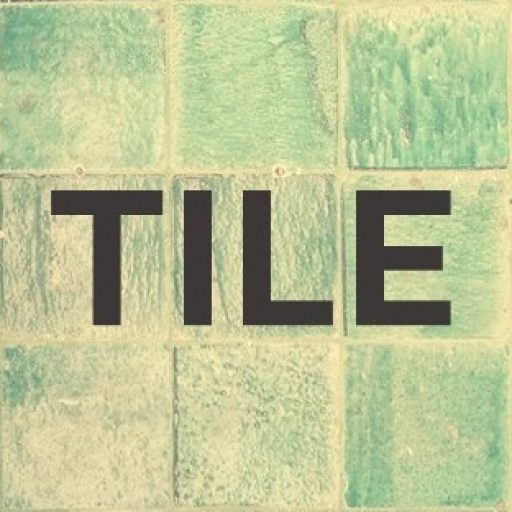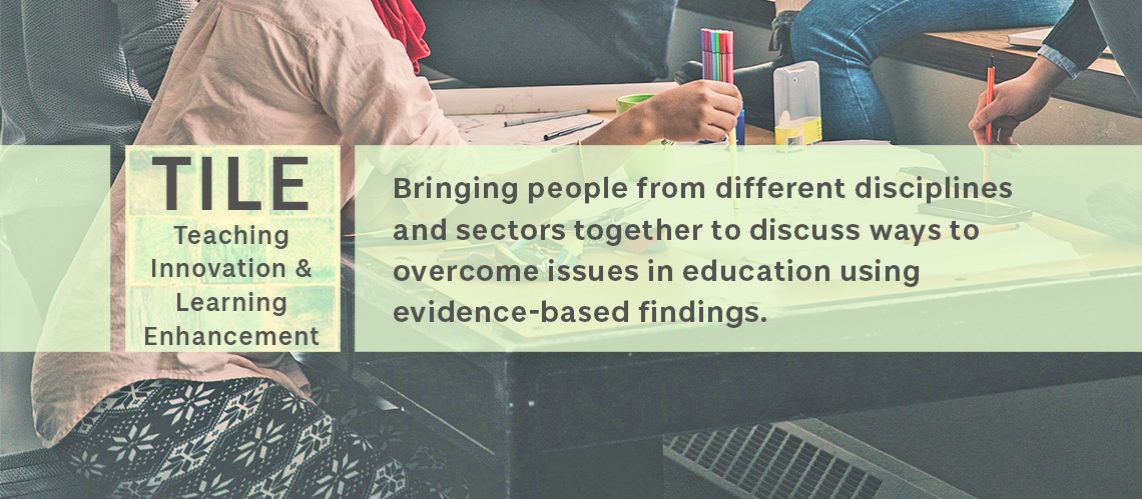Introduction to TILE
Academics in psychology and education have accumulated a large amount of knowledge that has the potential to support learning and teaching in primary, secondary and higher education. For example, many findings from research on human learning and memory in cognitive psychology can be directly applied to school and university teaching. Similarly, education researchers investigating factors for motivation and resilience in students can be useful for improving teaching and learning. Furthermore, people not involved directly in research activities such as teachers in primary and secondary education as well as lecturers in higher education are already relying on specific teaching strategies and 1) may have come up with innovative approaches to teaching due to their extensive practical experience and/or 2) be in need for input to further improve their teaching. However, a forum that brings all stakeholders together at a table to share knowledge, exchange innovative teaching ideas, evaluate current teaching practice, and develop hands-on, realistic, implementable, evidence-informed teaching and learning strategies is missing. Right now, each discipline and sector is working on their own. However, they all are working to achieve the same goal: Innovating teaching and enhancing learning. The Teaching Innovation & Learning Enhancement (TILE) network aims at being that missing link between stakeholders by providing a forum to discuss prevailing issues in learning and teaching and ways to overcome these using evidence-based strategies and findings. The goal is to advance educational practice by opening the conversation about the feasibility to implement evidence-based approaches and evaluating these implementations systematically on a larger scale. Essentially, TILE is meant to be a platform for scholarly outreach between people within and outwith the university (i.e., across sectors), between researchers and practitioners (i.e., across type of expertise), and between all disciplines that can contribute to the discussion. In the long run, TILE promises to ignite impactful interdisciplinary research projects that will enable better and more efficient teaching and learning recommendations.
The acronym TILE
The acronym was carefully chosen because it conveys the ultimate outcomes of the proposed network when you write out the acronym: Teaching Innovation & Learning Enhancement, but also because a tile is symbolic for a piece of a bigger picture or a bigger puzzle. It symbolises the idea that tiles should be put together in order for them to be sustainable. Tiles come in different colours and patterns. Putting different types of tiles together will result in a more interesting and richer outcome than just relying on one type of tile. Plus, putting different tiles together collectively forms innovative and new perspectives. In addition, the acronym TILE is unique and the combination of words has not yet been used for any kind of group, network, or centre. TILE can grow and become TILES (Teaching Innovation & Learning Enhancement Service) in the future (read more about the future vision of TILE below).
Vision of TILE
The vision of TILE is to become a platform for scholarly outreach that connects academics across disciplines with key stakeholders in the professions as well as education policy makers in Scotland. Through communication between academics and the public, TILE aims at becoming a hub for promoting evidence-informed teaching and learning excellence. The long-term goal is to establish TILE as a forum that facilitates scholarly outreach and impactful collaborations in the area of education in Scotland through the exchange of knowledge – with a strong emphasis on the evidence-informed approach to learning and teaching.


Recent Comments